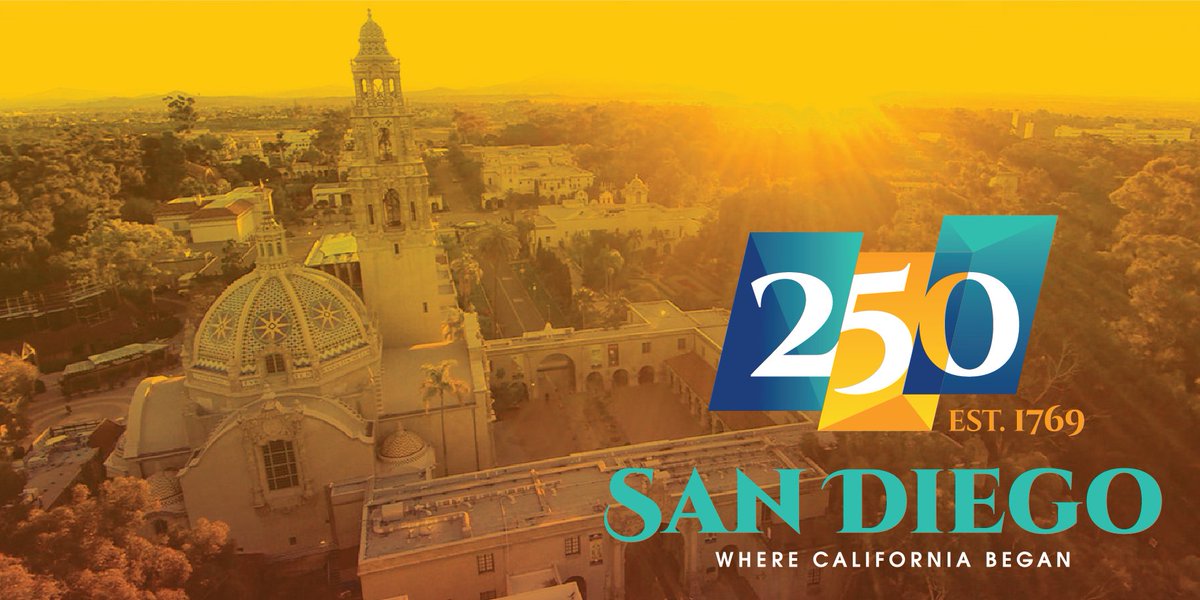Deryn Wagner is saying "We got comments that we have too many priorities. 17 of 46 strategies initially prioritized. “Some said, narrow that even further and think about things you can really achieve in the near-term.” And put more emphasis on them.
EHR. 2) * Reduce undesignated trails
EHR. 3) * Extend on-trail requirements
EHR.4) * Reduce human disturbance
EHR. 6) * Control invasive species
EHR. 7) Prepare for a changing ecosystem
EHR.8) Develop a learning laboratory approach to conservation
EHR. 9) Reduce and offset greenhouse gas emissions
Morzel: And the bigger q of do we even want to add new trails?
Carlisle: "From my perspective, absolutely."
"I assume you're doing that?" she asks
Yeah, Jones says. "It's up there" as a strategy under the master plan.
"You don't even have nouns" Jones says. No net loss of what? Habitat? Contiguity?
"I remember when that came up in 2005," Morzel says. "It was a hornet's nest."
"If it ain't a problem now, we've got so many others."
Strategies: ATT.1) * Maintain infrastructure for agriculture & water
ATT.2) Integrate native ecosystems & agriculture
ATT.3) Support the success of ranchers & farmers
ATT.4) Diversify agricultural operations
ATT.6) Reduce or eliminate pesticide use
ATT.7) * Reduce agricultural impacts from prairie dogs
ATT.8) Plan for the future of water
ATT.9) * Enhance soil health & resilience
Though Carlisle wants "clarification" of 4: Diversify ag operations.
There's "a huge conflict/contradiction" between strategy 3 (support farmers/ranchers) and 4 (diversify ag).
Morzel: That’s not an objective statement. No science on impacts from pdogs.
Nagle: It comes from drought, overgrazing of other animals other than pdogs. There’s no science behind it.
Morzel: I can give you as many papers that say the contrary.
City did stop using glyphosate. But it's a balancing act, staff says, between reducing use and battling invasive weeds.
Strategies under that:
RRSE. 1) Support a range of recreational opportunities
RRSE. 2) Encourage multimodal access to trailheads
RRSE. 3) Provide welcoming and inspiring visitor amenities
RRSE. 5) * Reduce the trail maintenance backlog
RRSE. 6) Improve trail connections
RRSE. 7) * Manage increasing visitation
RRSE. 8) * Review and improve fee-based recreation programs
1, 2, 4, 6 and 9 have mostly achieved consensus
What's allowed is spelled out in the charter, they say. "Idk why 'range' is even here," Carlisle says.
Carlisle: I don't want to create an expectation that recreation is open for "whatever"
"I'm not sure we necessarily need to be inspired by these things."
Morzel: We're over capacity.
$34,600 taken in fees.
Wants to consider group permits and fees.
Strategies:
CCEI. 1) Inspire environmental literacy and new involvement in OSMP
CCEI. 2) Cultivate leaders in stewardship
CCEI. 3) Foster wellness through immersion in the outdoors
CCEI. 5) * Enhance signs and communications
CCEI. 6) * Welcome diverse backgrounds and abilities
CCEI. 7) * Connect youth to nature
CCEI. 9) Preserve and interpret Boulder’s cultural heritage
FS.1) Stabilize funding
FS.2) Budget for future uncertainty
FS.3) Understand total cost of system management
FS.4) Take care of what we have
FS.5) Target acquisitions
FS.6) Partner to protect lands beyond target area
FS.8) Evaluate existing real estate assets on OSMP lands
FS.9) Invest in workforce development and operational needs
FS.10) Update planning framework
"We're going toward extinction!" Morzel says.
"It's all going to heck!" adds Jones.
Carlisle: Somebody told me recently that the Chautauqua shuttle is declining in ridership and ppl are returning to parking.
Brockett: And we're only two weeks into the season.
Carlisle: Maybe not in the neighborhoods. If parking fees need to go up, maybe they need to go up.
Wagner: We did staff review, public feedback, then the board of trustees. Got further refined.
Morzel likes this. "17 is a lot. There are some I would take off."
Burke says staff did a tiered system: High, highest and... whatever the other one was.
Morzel: Nirvana, maybe?
"It seems to me they would be easy to set aside as the big kahunas everybody thinks are importance."
Brockett: I agree those are important, but why do they need to be put out on their own. What about increasing diversity. That doesn't have to cost a lot, but man we struggle with that.
Young: Funding is pretty fundamental.
Jones: By the time you get to the end, you're like, holy crap we need more money. It builds that way.
Sorry I'm still basically 15 years old.
C'mon guys. I'm trying to be a serious journalist here. Ya'll killing me.
But everybody's going to want to know what's already underway for the next 2 yrs and then what's next.
@threadreaderapp, please unroll. Thank you!







